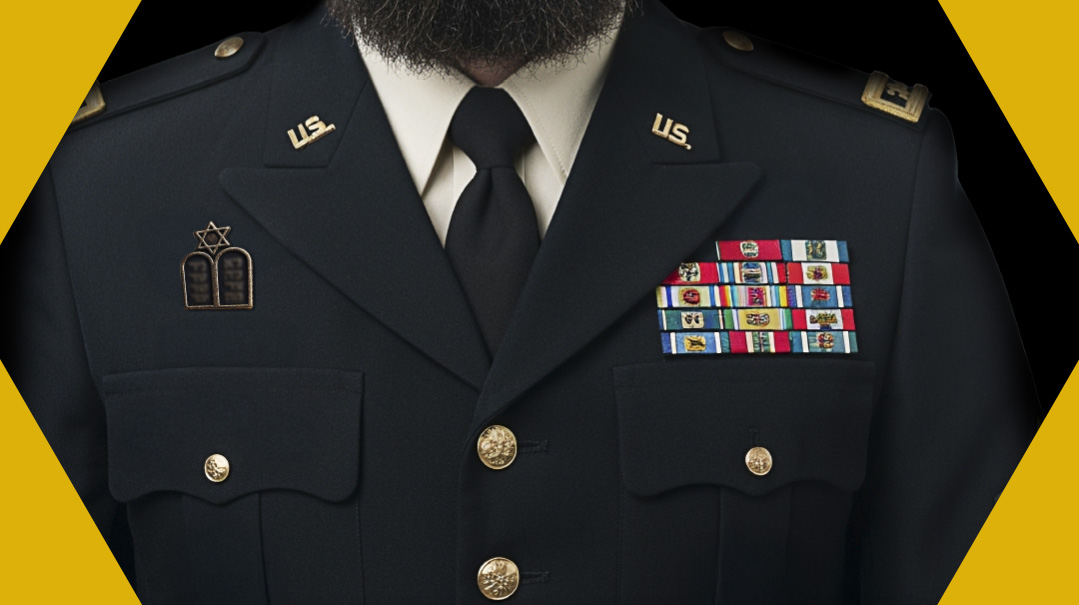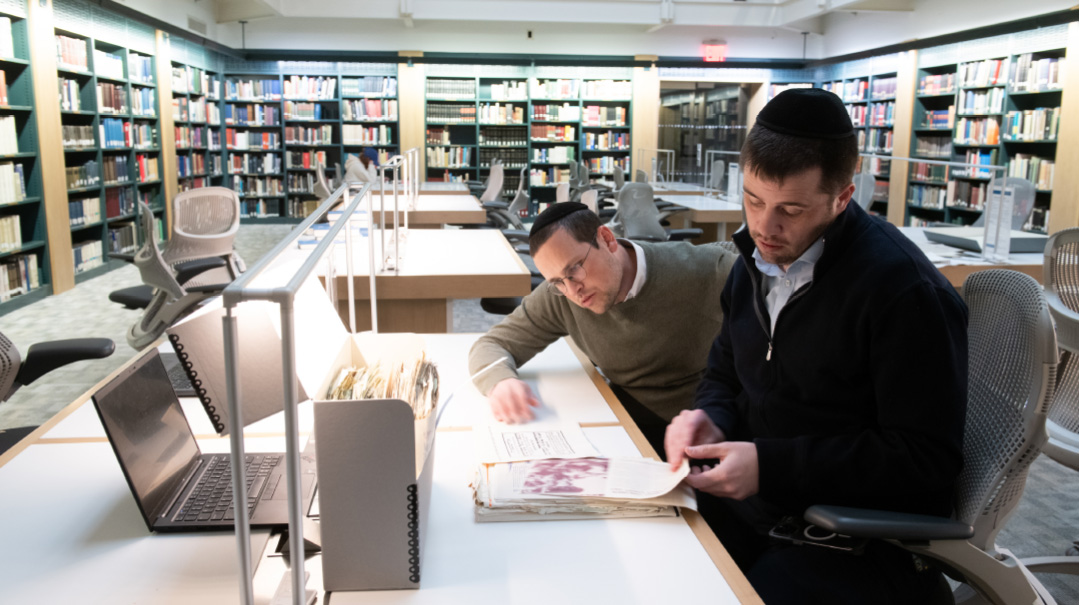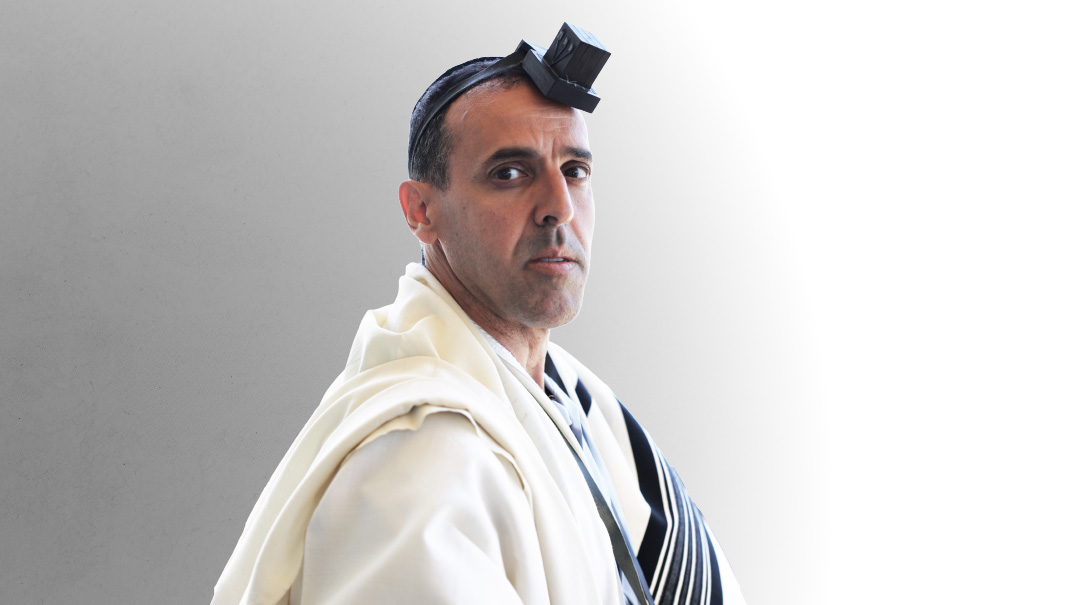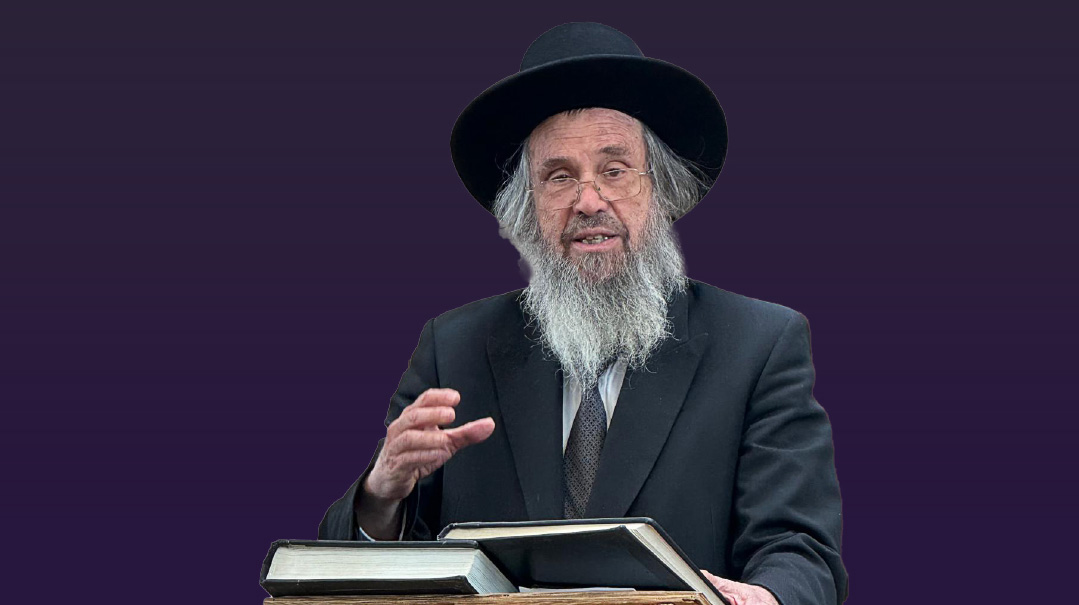Man with the Plan

Rabbi Nochum Stilerman taught us to make regimen into routine and live by design instead of default
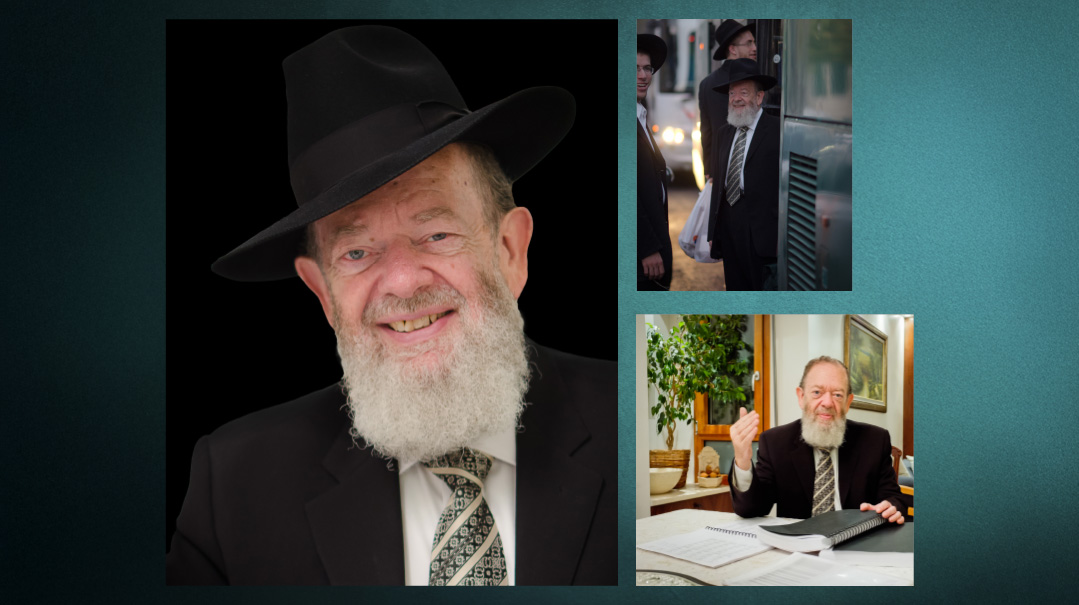
Photos: Ouria Tadmor
Rabbi Nochum Stilerman, the legendary fundraiser who raised over $400 million for various causes over half a century, reinvented himself in his 70s, when he became a kollel avreich and created a 300-page spreadsheet for every waking moment of the rest of his life. With his passing last week, he left his younger friends an invaluable legacy: how to turn a rigorous regimen into routine and live life by design instead of default
Rabbi Nochum Stilerman, who passed away on Sunday at the age of 83, was one of the most interesting people you could hope to meet. And that was largely due to his own intense interest in other people.
That interest led him on a five-decade fundraising career that generated more than $400 million for a diverse array of causes. It brought him into contact with numerous giants in the Torah world, and drew him in his later years to Eretz Yisrael, where he joined Yeshivas Mir. It was there that he made perhaps his most enduring impression on the Jewish collective consciousness, in a famous encounter with the Rosh Yeshivah, Rav Nosson Tzvi Finkel ztz”l.
Reb Nochum never had a birth certificate, which complicated his aliyah process in 2012. His parents had neglected to obtain one, as they were fleeing Russia in the middle of World War II. He was born in Oryol, a city approximately halfway between Moscow and Kiev, in Sivan 5701/1941.
His bris became the subject of a famous song by Rabbi Yom Tov Ehrlich: “A Bris in Moskveh.” His father was the mayor of Oryol, a position that conferred some privileges, if not freedom. The song recounts the story of a bris conducted under utmost secrecy in the Soviet Union, where mitzvah observance was a crime. Even in those circumstances, the family strove to maintain Jewish tradition.
The battlefront drew close to Oryol, and because the family had a newborn infant, they were allowed to flee. They eventually made it out of Russia after the war. Nochum was first pressed into fundraising at the age of six: When his family was staying at a refugee camp in Bayeux, France, after the war, the Vaad Hatzalah took his photo and used it in their appeals.
The family made it to Brooklyn by 1951, and his father opened the first shomer Shabbos grocery store in Crown Heights. Young Nochum was employed as a delivery boy and often brought orders to the home of the Lubavitcher Rebbe. That relationship would continue for years; Reb Nochum could quote from memory the bar mitzvah brachah he received from the Rebbe.
“ ‘The Ribono shel Olam should have nachas from you, your parents should have nachas from you, and you should have nachas from yourself.’ I learned from this that you should always be able to look yourself in the mirror and take pride in what you’ve done,” Rabbi Stilerman recalled in an interview with Mishpacha back in 2012. “To me, that’s the greatest brachah a person can receive.”
It was just after his bar mitzvah that he first organized his own fundraising campaign — collecting funds for Chinuch Atzmai in Israel. It was part of a school-wide drive, and anyone who raised more than $650 would win a complete set of Rambam.
“I really wanted those Rambams,” Rabbi Stilerman said.
So he shook the pushke and pounded the pavement. And even though he was raising funds for an organization in Israel, he blithely knocked on the front door of the Satmar Rebbe and made his pitch. When the Satmar Rebbe heard that young Nochum was angling for the set of Rambam, he gave the largest contribution Nochum had yet received: a ten-dollar bill (this was in the 1950s).
“Naturally, I told everyone else I solicited that the Satmar Rebbe had donated ten dollars. The Bobover Rebbe gave me a nice donation after that. And of course, so did the Lubavitcher Rebbe.”
Young Nochum would go on to learn in Yeshivah Torah Vodaath, where he formed a strong attachment to Rav Avrohom Pam — so strong that he begged to stay at Torah Vodaath an additional year, and then another, until Rav Pam finally advised him to move on. He would go on to learn at Yeshivas Chaim Berlin, where he became close to Rav Yitzchok Hutner.
Oops! We could not locate your form.

